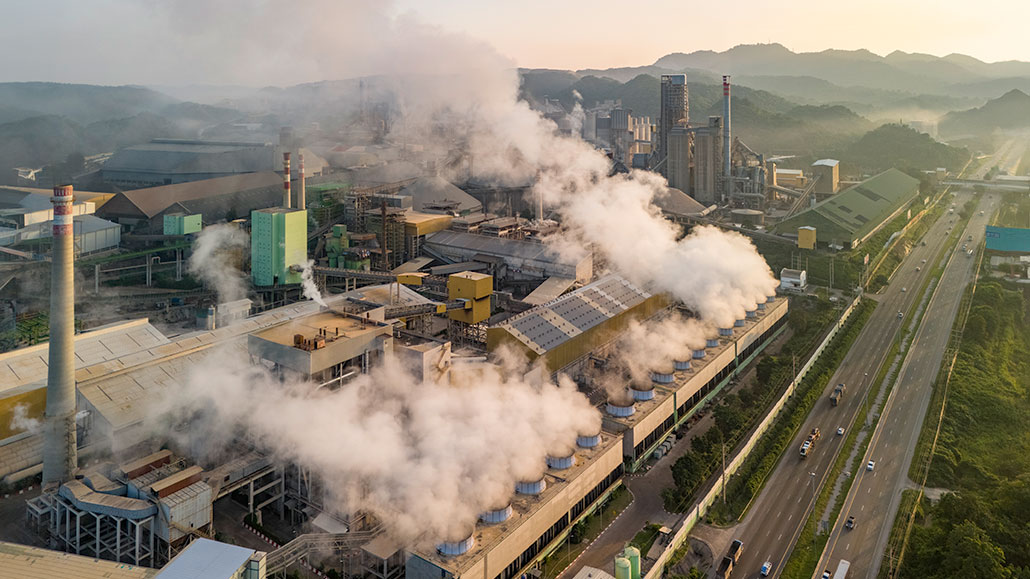Questions for ‘Pollution power? This new device turns carbon dioxide into fuel’

Cement plants, like the one shown here, are a major source of the carbon dioxide that contributes to climate warming. But some of that pollution could be transformed into a new type of fuel. It’s a salt that can be safely stored for decades or longer.
Witthaya Prasongsin/Moment/Getty Images Plus